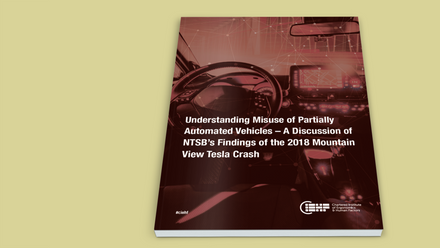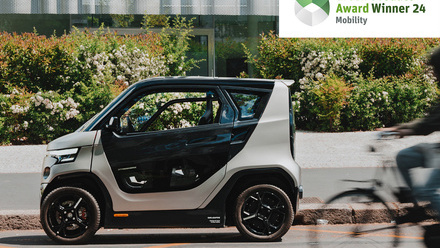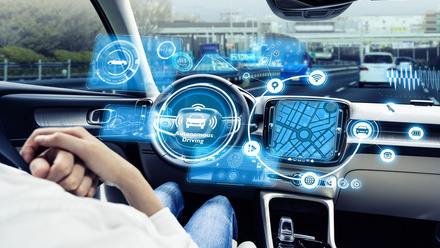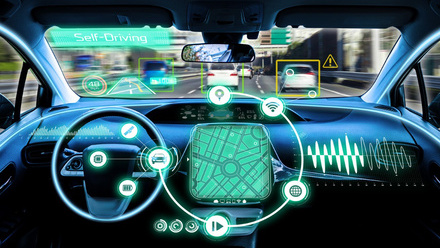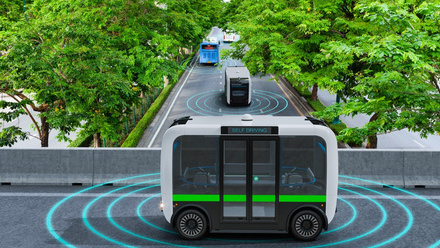Automotive human factors
The automotive sector is undergoing multiple highly disruptive shifts in almost all aspects as we look towards safer, less polluting and more suitable transport methods for the modern world. It's an exciting time for the sector and the human element of future vehicles is at the core of many pursuits. Some current trends in the UK include:
- The development of automated and ‘self-driving’ vehicles. These vehicles still have controls and displays that benefit from the application of human factors to make sure that the design enables effective interactions. They still need user-centred processes for manufacture, and repair and maintenance during use.
- Decarbonisation of road vehicles and a move towards electrification. Two major goals are banning diesel cars and van sales by 2030 and achieving net zero by 2050. These need good communication (another aspect of human factors) about the move to electric vehicles and creating understanding about the differences in driving technique needed.
- Shifts towards intelligent mobility. This includes Mobility as a Service (MaaS), micromobility (personal transport) and shared transport. Human factors can be applied to app interfaces, instructions and shared road use, as well as mass behaviour change.
- Accelerated vehicle development processes. These are often motivated by start-ups and disruptive automotive companies that look to use technology to help with development. Human factors can ensure that appropriate testing is carried out and technology is integrated to maximum effect for people.

